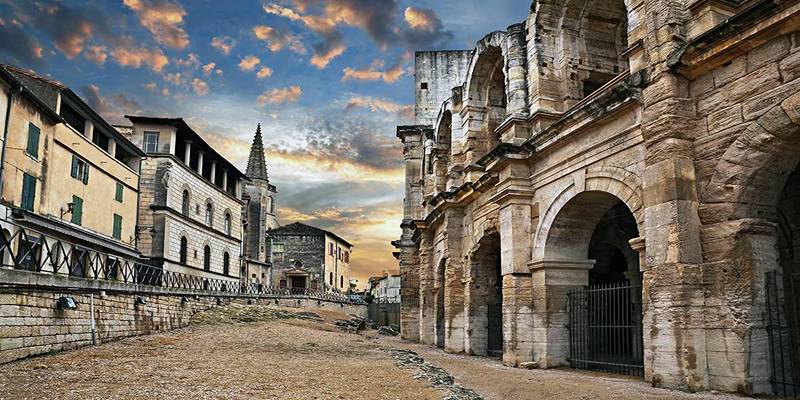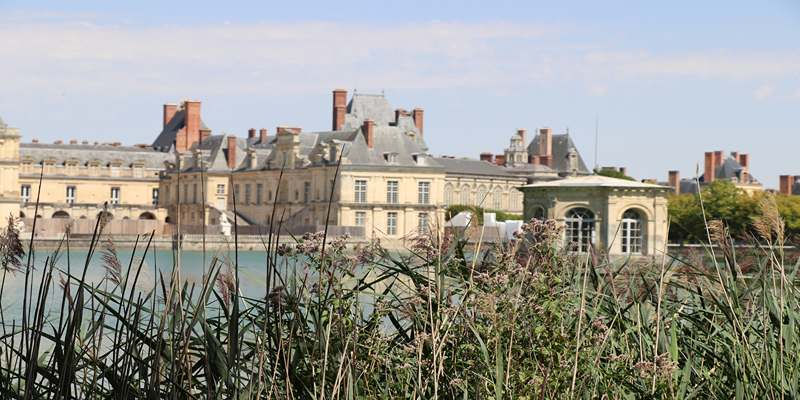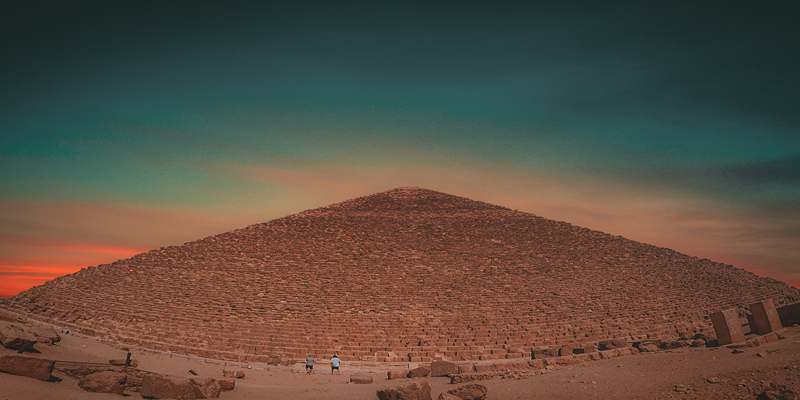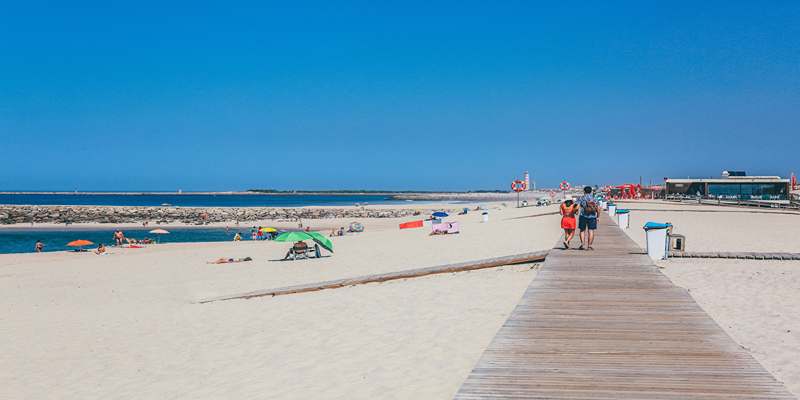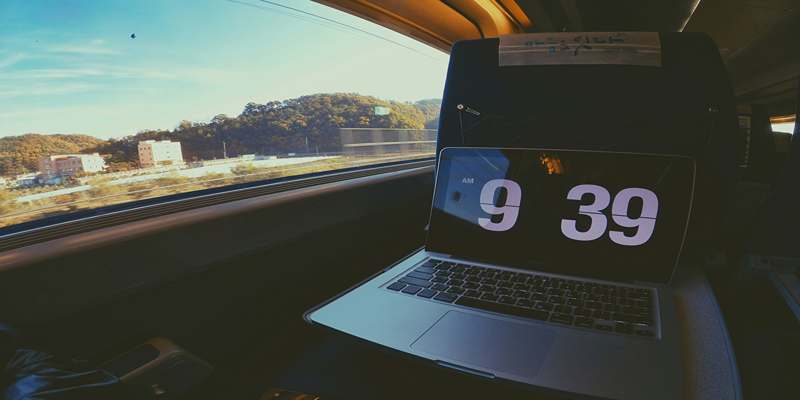In the hills of Andalusia, there are amazing caves built by people who lived in peace with nature. Spaces used for housing in the Sacromonte area, such as Granada’s ancient homes, are built into the rock and clay, and people still enjoy their unique features. Known as gypsy caves, they let people experience in detail the traditions and cultural background of Spain’s rural and Romani people. The people in these homes continue to live there and pass on traditional ways over generations. No matter if you want to dig into history, admire amazing architecture, or explore the local style, Spain’s cave homes give you a genuine and lasting experience in nature.

The History Behind Cave Dwelling in Spain
Origins of Spain Cave Homes
People in Spain started building cave homes thousands of years ago by making shelters in soft hillsides to keep warm and dry. Southern Spain became a center for this activity since the land’s geology made it achievable. Slowly, the dwellings in caves became more developed, turning into places with several rooms and ways for ventilation. In places such as Andalusia, these homes offered safety to the Moors and the Romani people after they were persecuted. The reasons for its persistence are the flat design and the spots’ environmentally positive impact. These homes are proof of individuals’ ability to cope with nature and use it smartly.
The Rise of Gypsy Caves in Spain
Romani people from Northern India settled in Spain’s gypsy caves during the 15th and 16th centuries, which made the caves especially significant. In Sacromonte, which lies on the edge of Granada, entire communities were built into the hills. The caves were used for living as well as for entertaining through music, dancing, and telling stories. Romani culture heavily influenced flamenco, which grew here. The communities found these tunnels to be safe and independent, and these spaces eventually became famous cultural spots. The gypsy caves are now a strong reminder of how the Romani people play a crucial part in the cultural heritage of Spain.
Cultural Significance of Cave Living
Living in cave houses in Spain is not only useful, but it also represents the strength of local cultures. For people like the Romani and those who settled in caves, this way of living was an act of change and persistence. The island created a barrier, and this allowed the community to prosper and stick to their own traditions. Traditions in music, art, and food were also saved inside the caves. As heritage sites, they pay tribute to the many changes in society over the centuries. People visiting such dwellings can see how people used to live and also interact with modern members of the community. Nowadays, indigenous traditions help us understand where we came from and who we are.
Visiting the Gypsy Caves of Andalusia
Sacromonte—Heart of the Gypsy Caves
Sacromonte, located in the hills above Granada, is the most iconic destination for exploring Spain’s gypsy caves. The neighborhood is dotted with whitewashed cave homes that still serve as residences, museums, and cultural centers. The Museo Cuevas del Sacromonte offers an in-depth look at the region's cave life, showcasing traditional tools, furniture, and crafts. As you walk along the hillside paths, you’ll find panoramic views of the Alhambra and the Sierra Nevada mountains. The area combines raw natural beauty with deep-rooted cultural traditions, offering visitors a truly immersive experience. Sacromonte is the beating heart of Spain’s cave-dwelling history.
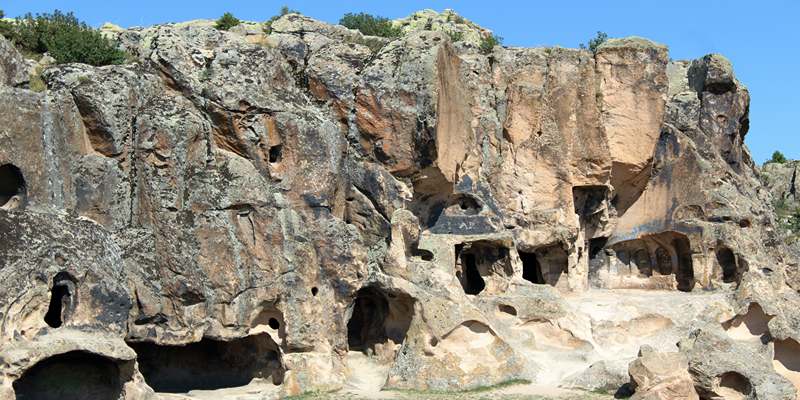
What to Expect When You Visit
Visiting the gypsy caves offers a fascinating mix of rustic charm and cultural depth. Most tours guide you through lived-in or preserved cave homes, many of which display everyday items used by former inhabitants. These interiors are surprisingly comfortable, with rounded ceilings, thick walls for temperature control, and carefully arranged furnishings. Visitors should wear comfortable shoes, as the paths are steep and uneven in parts. The vibe is peaceful, often accompanied by the distant sounds of guitar or local conversation.
Staying Overnight in a Cave Dwelling
For those looking to deepen the experience, many restored cave homes are available for overnight stays. These accommodations offer modern amenities while preserving the original structure and atmosphere. The thick walls provide natural insulation, making the interiors cool in summer and cozy in winter. You’ll sleep beneath curved stone ceilings and wake up to stunning mountain views. Staying overnight in a cave dwelling offers a slower pace and deeper appreciation of the surroundings.
The Raw Cultural Journey of Living Like a Local
Embracing Simplicity and Tradition
Living or staying in a Spanish cave home encourages a connection with simplicity. The caves are built to meet basic needs including shelter, warmth, and privacy—without excess. This minimalism fosters mindfulness and appreciation for everyday tasks like cooking or relaxing. Without distractions of modern urban life, visitors are invited to observe and participate in timeless traditions such as open-fire cooking, handmade crafts, and storytelling.
Local Crafts, Music, and Storytelling
The gypsy caves are hubs of cultural expression. Flamenco music and dance are central to the Romani identity and often performed in or near cave homes. These performances tell stories of struggle, joy, and resilience. Local artisans produce crafts like pottery, leather goods, and textiles, often for sale directly from their homes. Storytelling, too, remains a vital tradition, with older generations passing down tales that blend myth with history.
Tips for Respectful Cultural Engagement
While exploring the gypsy caves, it’s important to approach the experience with respect and sensitivity. These spaces are not just tourist sites and they are homes and sacred ground for the local community. Always ask before taking photos, especially of people. Participate in cultural offerings such as tours or performances through reputable guides or local associations. Be mindful of noise levels and avoid treating the caves as novelty attractions.
Conclusion
Exploring Spain’s gypsy caves offers far more than scenic views or ancient architecture—it’s a chance to immerse yourself in a vibrant, living culture rooted in resilience and creativity. From the historic streets of Sacromonte to the hand-dug rooms still used today, each step tells a story. Visitors who engage with respect and curiosity come away with a deeper understanding of tradition, survival, and beauty. Whether staying overnight or exploring for a day, this experience leaves a lasting impression and a greater appreciation for the past and present of cave dwelling in Spain.




